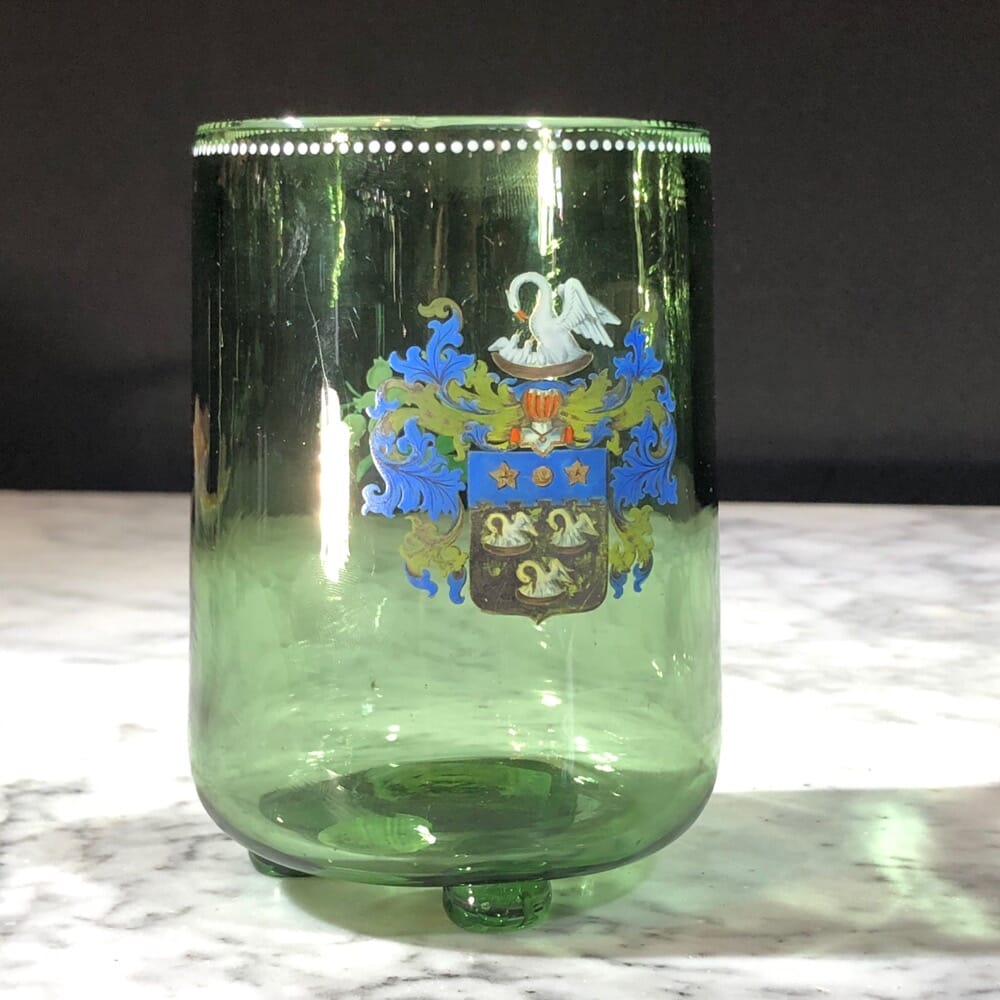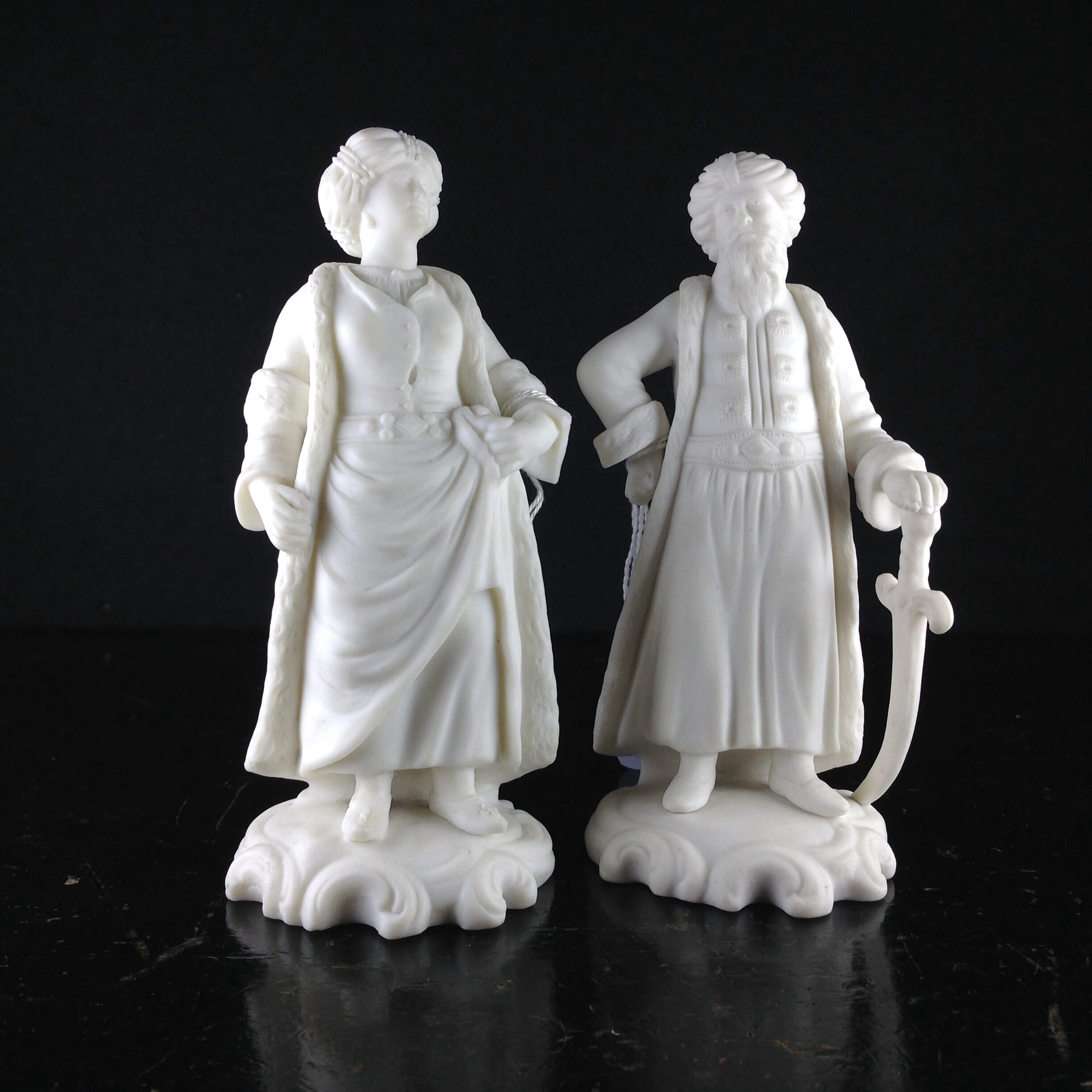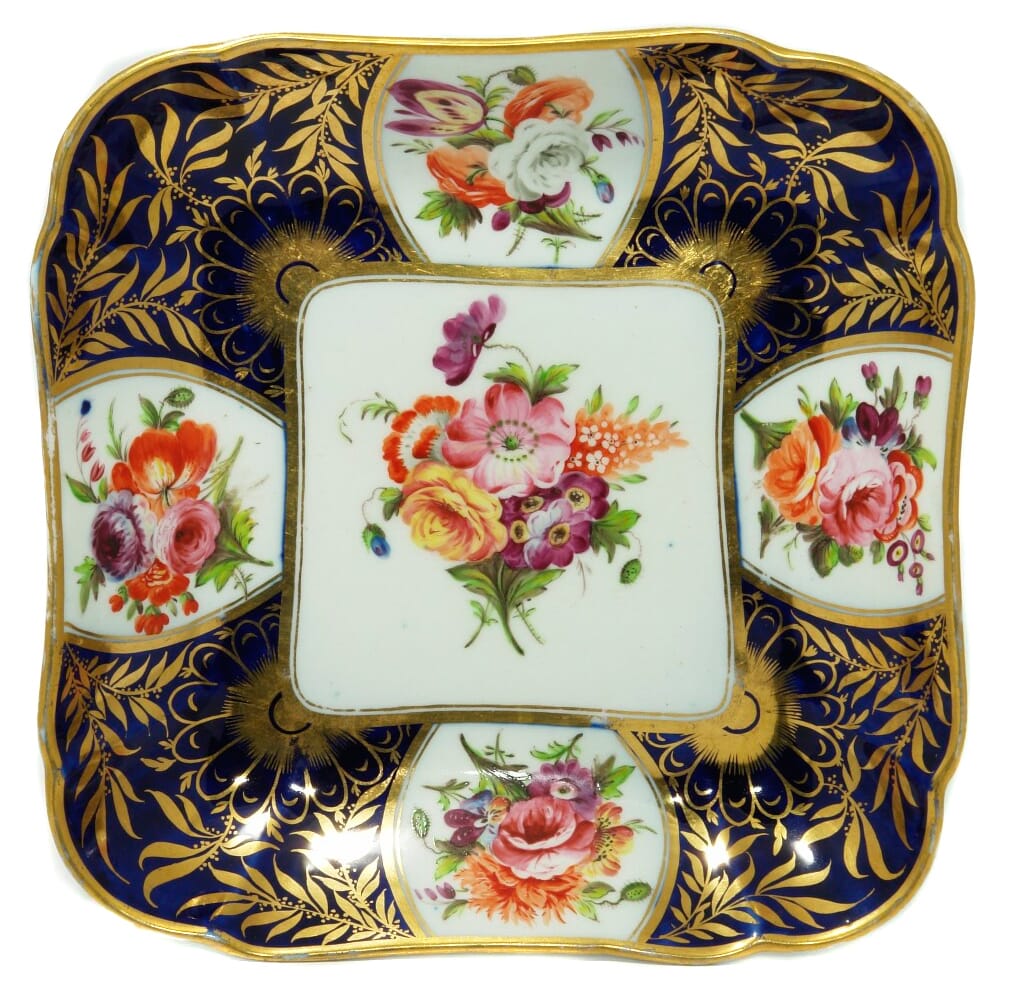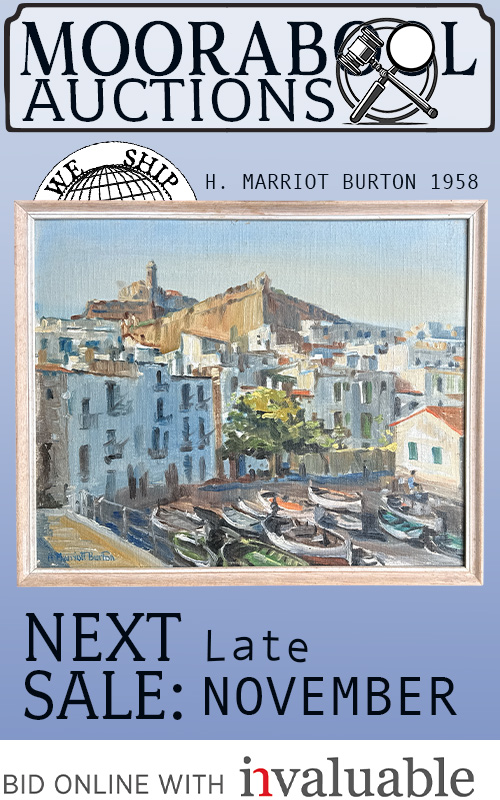Naples/Doccia porcelain cup & saucer, classical moulding, early 19th century
Original price was: $465.00 AUD.$418.50 AUDCurrent price is: $418.50 AUD.
Naples porcelain cup & saucer, decorated with superb classical Gods & Goddesses in landscapes, moulded in low relief and left in the white, the handle a spindly woven twig with leaf terminals, the saucer with moulded flower swags. Underglaze crowned N mark, Circa 1825
| Condition | Firing flaws, including curious wide band of sanding to saucer, an iron spot to one side, the remarkable handle perfect. |
|---|---|
| Size | Saucer 15cm |
| References | The crowned N marks are often attributed to the 'Capodimonte' factory in error. This original Capodimonte firm was founded by Charles Bourbon, son of Philip V of Spain, near Naples in around 1743. His interest in porcelain was stimulated by his marriage to the daughter of Augustus the Strong, who had founded the first porcelain factory in Europe a few decades earlier. The factory came to an end in 1759, when Charles inherited the Spanish throne; before leaving he ordered the demolition of the factory, and he re-established it in Buen Retiro, Spain. His son Ferdinand became King of Naples, and in 1771 he constructed the new Naples Royal Porcelain Factory, at the Royal Villa at Portico, near Naples. This factory used a 'Crowned N' for Naples mark, usually in underglaze blue. While they did create Baroque moulded wares like this example, they are very scarce and desirable - and as a result, were copied mercilessly by a range of European makers. Careful comparison of this piece's mark suggests that it is most like the Doccia 'copies' of the 1811-35 period. During this time the factory and all tools, moulds, and models were owned by the French Firm Giovanni Poulard Prad, who took them to their works at Doccia and made pieces in the earlier style, marked with the Naples crowned 'N'. Unlike many other 'N' marks, this piece is a 19th century re-issue of an earlier production legitimised by the chain of ownership of the models & moulds - and being Doccia, is also correctly Italian. |
In stock










